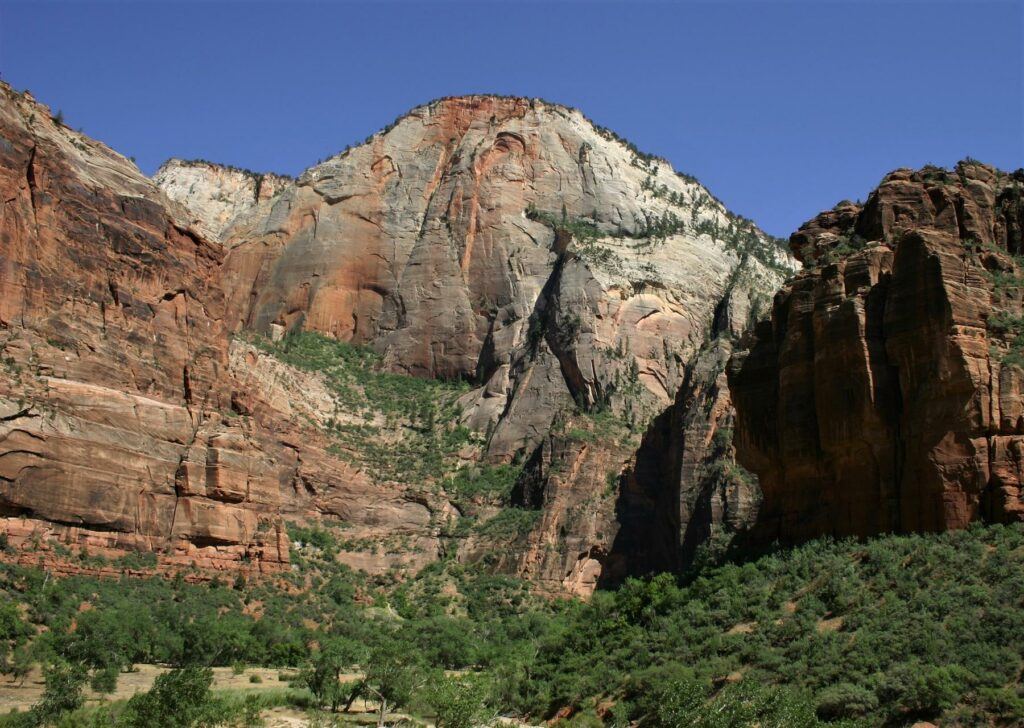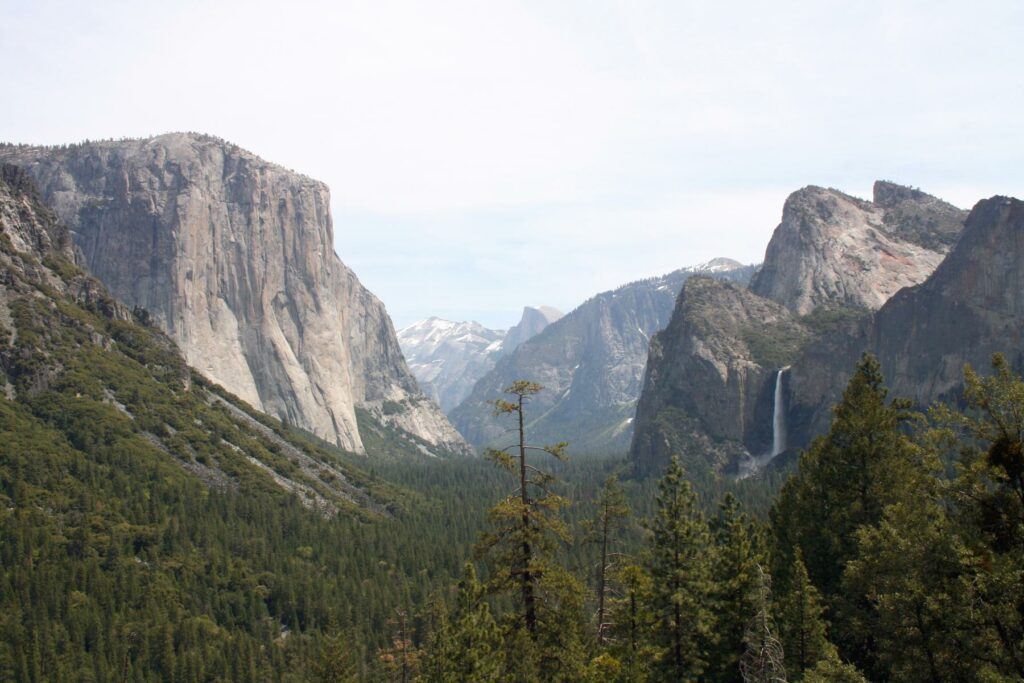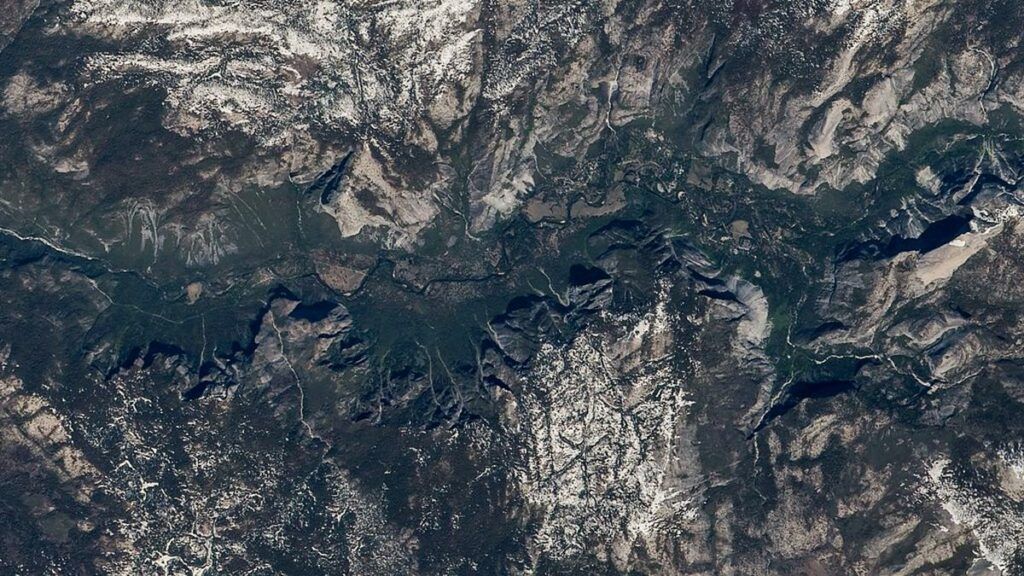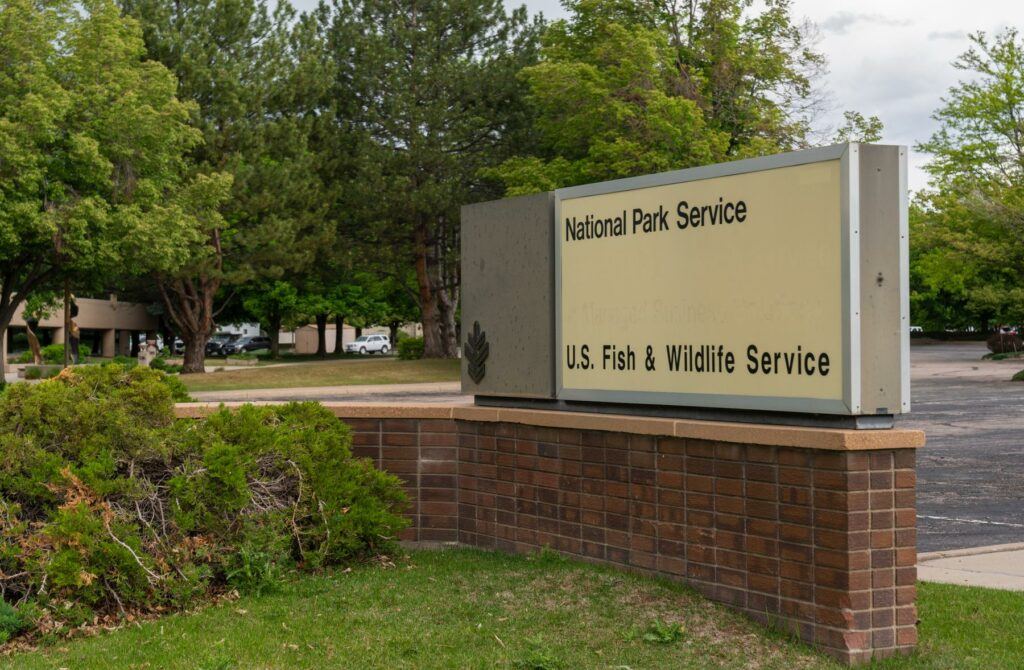Discover the Serene Beauty of Yellowstone National Park: A Unique Adventure
Yellowstone National Park is a vast and breathtaking destination, spanning over 2.2 million acres of unspoiled wilderness. It is the worlds first national park, established in 1872 to preserve its unique hydrothermal and geologic features. The park is located in the United States, primarily in Wyoming, but also extends into Montana and Idaho. Yellowstone National Park draws millions of visitors each year, and its easy to see why. It is a haven for outdoor enthusiasts, nature lovers, and anyone seeking a peaceful retreat from the hustle and bustle of everyday life.
In this article, well take a closer look at what makes Yellowstone National Park such a special place. Well cover the parks top attractions, the best places to stay, and tips for planning your trip. Whether youre a seasoned traveler or a first-time visitor, youre sure to find something to love in Yellowstone National Park. So, pack your bags and join us on this unique adventure!
Things to Do in Yellowstone National Park
Yellowstone National Park offers a wide range of activities for visitors of all ages and interests. From wildlife viewing to hiking and exploring geysers, theres no shortage of things to do in this beautiful park. Here are some of the top things to do in Yellowstone National Park:
Wildlife Viewing Opportunities
Yellowstone National Park is home to an incredible variety of wildlife, including grizzly and black bears, wolves, bison, elk, and many other species. In fact, the park is home to the largest concentration of mammals in the lower 48 states. Here are some tips for viewing wildlife in Yellowstone National Park:
- Number of animal species in Yellowstone National Park: According to the National Park Service, there are 67 species of mammals in Yellowstone National Park.
- Best places to view wildlife: Some of the best places to view wildlife in Yellowstone National Park include Lamar Valley, Hayden Valley, and the West Thumb area of Yellowstone Lake.
- Safety guidelines for watching wildlife: While viewing wildlife in Yellowstone National Park can be an incredible experience, its important to follow safety guidelines. Visitors should stay at least 100 yards away from bears and wolves, and at least 25 yards away from other large animals like bison and elk.
Geothermal Features and Geysers
Yellowstone National Park is home to a vast array of geothermal features, including geysers, hot springs, and mud pots. These features are a result of the parks unique geology and are a major attraction for visitors. Here are some tips for exploring Yellowstones geothermal features:
- Number of active geysers in Yellowstone National Park: According to the National Park Service, there are over 500 geysers in Yellowstone National Park, and around 10% of them are active.
- Famous geysers to see: Some of the most famous geysers in Yellowstone National Park include Old Faithful, Grand Geyser, and Castle Geyser.
- Safety guidelines for visiting geothermal areas: Visitors should stay on designated boardwalks and trails when exploring geothermal areas. The ground can be unstable and dangerous, and the hot water and steam can cause serious burns.
Hiking and Backpacking
Yellowstone National Park has over 900 miles of hiking trails, ranging from short nature walks to strenuous backcountry treks. Whether youre a seasoned hiker or a beginner, theres a trail for you in Yellowstone National Park. Here are some tips for hiking and backpacking in Yellowstone:
- Number of miles of trails in Yellowstone National Park: According to yellowstonenationalpark.com, there are over 900 miles of hiking trails in Yellowstone National Park.
- Best hikes in the park: Some of the best hikes in Yellowstone National Park include the Grand Canyon of the Yellowstone, Mount Washburn, and the Fairy Falls Trail.
- Safety guidelines for hiking and backpacking: Visitors should always carry bear spray when hiking in Yellowstone National Park, and should hike in groups of three or more. Additionally, visitors should be prepared for changing weather conditions and should carry appropriate gear and supplies.
Where to Stay in Yellowstone National Park
Yellowstone National Park offers a variety of lodging options for visitors, from rustic cabins to luxury hotels. Whether youre looking for a budget-friendly option or a luxurious retreat, youre sure to find the perfect place to stay in Yellowstone National Park. Here are some of the best lodging options in the park:
Lodging in Yellowstone National Park
Yellowstone National Park Lodges operates several hotels and lodges within the park, offering a range of accommodations to suit every budget and preference. Here are some of the lodging options available in Yellowstone National Park:
- Types of lodging available: Yellowstone National Park Lodges offers a variety of lodging options, including hotels, lodges, cabins, and campsites.
- Best places to stay: Some of the best places to stay in Yellowstone National Park include the Old Faithful Inn, Lake Yellowstone Hotel, and Canyon Lodge and Cabins.
- Reservations and booking information: Reservations for lodging in Yellowstone National Park can be made through the Yellowstone National Park Lodges website. Its recommended to make reservations well in advance, especially during peak season.
Camping in Yellowstone National Park
Camping is a popular option for visitors to Yellowstone National Park, offering a unique way to experience the parks natural beauty up close. Here are some things to know about camping in Yellowstone National Park:
- Types of campgrounds available: Yellowstone National Park offers 12 campgrounds, including five that are operated by the National Park Service and seven that are operated by private vendors.
- Best places to camp: Some of the best places to camp in Yellowstone National Park include Mammoth Campground, Bridge Bay Campground, and Madison Campground.
- Reservations and booking information: Reservations for campgrounds in Yellowstone National Park can be made through the National Park Service website. Its recommended to make reservations well in advance, especially during peak season.
Tips for Planning Your Trip to Yellowstone National Park
Planning a trip to Yellowstone National Park can be overwhelming, especially if its your first time visiting. Here are some tips to help you plan a successful and enjoyable trip to Yellowstone:
Best Time to Visit Yellowstone National Park
Yellowstone National Park is open year-round, but the best time to visit depends on your interests and preferences. Here are some things to consider when planning your trip:
- Peak season: The peak season in Yellowstone National Park is from June through August, when the weather is warm and most facilities and attractions are open. However, this is also the busiest time of year, and crowds can be overwhelming.
- Shoulder season: The shoulder season, from May through early June and from September through October, is a great time to visit Yellowstone National Park. The crowds are smaller, the weather is cooler, and the fall colors are spectacular.
- Winter season: Winter is a magical time to visit Yellowstone National Park. The park is covered in snow and ice, and wildlife viewing is exceptional. However, many roads and facilities are closed during the winter season.
Getting Around Yellowstone National Park
Yellowstone National Park is a large and sprawling park, and getting around can be challenging. Here are some tips for getting around Yellowstone:
- Best way to get around: The best way to get around Yellowstone National Park is by car. The park has a scenic loop road that connects all the major attractions and is easy to navigate.
- Public transportation: Yellowstone National Park also offers a free shuttle service that operates in the summer months, providing transportation between major attractions and lodges.
- Road closures: Its important to be aware of road closures in Yellowstone National Park, especially in the winter months. Check the National Park Service website for the latest road conditions and closures.
Safety Tips for Visiting Yellowstone National Park
Yellowstone National Park is a wild and remote place, and its important to be aware of the potential dangers. Here are some safety tips to keep in mind:
- Wildlife safety: Always keep a safe distance from wildlife in Yellowstone National Park, and never approach or feed them. Carry bear spray and know how to use it in case of a bear encounter.
- Geothermal safety: Stay on designated boardwalks and trails in geothermal areas, and never touch the hot water or steam. The ground can be unstable and dangerous.
- Weather safety: Be prepared for changing weather conditions in Yellowstone National Park, especially in the mountains. Carry appropriate gear and supplies, and be aware of the signs of hypothermia and altitude sickness.

Start Planning Your Trip to Yellowstone National Park Today!
Yellowstone National Park is a truly remarkable destination, offering visitors a chance to experience the beauty and wonder of the natural world up close. Whether you’re interested in wildlife viewing, hiking, or exploring geysers and hot springs, there’s something for everyone in Yellowstone. Here are some final thoughts to keep in mind as you plan your trip:
Book Your Lodging and Activities in Advance
Yellowstone National Park is a popular destination, and lodging and activities can book up quickly during peak season. To ensure that you get the accommodations and experiences you want, its recommended to book in advance.
Be Prepared for the Unexpected
Yellowstone National Park is a wild and remote place, and its important to be prepared for the unexpected. Carry appropriate gear and supplies, and be aware of the potential dangers of wildlife encounters, geothermal areas, and changing weather conditions.
Check Out Our Other Great Content
If you’re interested in learning more about travel and outdoor adventures, be sure to check out our other great content. We have articles on everything from national parks to camping gear to outdoor activities, all designed to help you get the most out of your next adventure.
Start planning your trip to Yellowstone National Park today, and get ready for an unforgettable experience in one of the most beautiful and awe-inspiring places on earth!
Frequently Asked Questions
Who founded Yellowstone National Park?
Yellowstone National Park was established by the US Congress in 1872.
What should I see in Yellowstone National Park?
Yellowstone National Park is famous for its geysers, wildlife, and natural beauty. Don’t miss Old Faithful, the Grand Prismatic Spring, and the Grand Canyon of the Yellowstone River.
How much does it cost to visit Yellowstone National Park?
The entrance fee to Yellowstone National Park is $35 per vehicle, or $30 per motorcycle or snowmobile. The fee is valid for seven days.
Who can I contact for more information about Yellowstone National Park?
The National Park Service provides information on Yellowstone National Park, including park hours, fees, and activities. Visit their website or call (307) 344-7381 for more information.
What are the best hiking trails in Yellowstone National Park?
Yellowstone National Park has hundreds of miles of hiking trails, ranging from easy to strenuous. Some of the best trails include the Fairy Falls Trail, the Mount Washburn Trail, and the Artist Point Trail.
How can I avoid the crowds in Yellowstone National Park?
To avoid the crowds in Yellowstone National Park, visit in the shoulder season (May through early June, or September through October), and avoid popular attractions during peak hours. Additionally, consider exploring lesser-known areas of the park.
But isn’t Yellowstone National Park too crowded?
While Yellowstone National Park can be busy during peak season, there are ways to avoid the crowds. Consider visiting during the shoulder season, exploring lesser-known areas, and avoiding popular attractions during peak hours.





